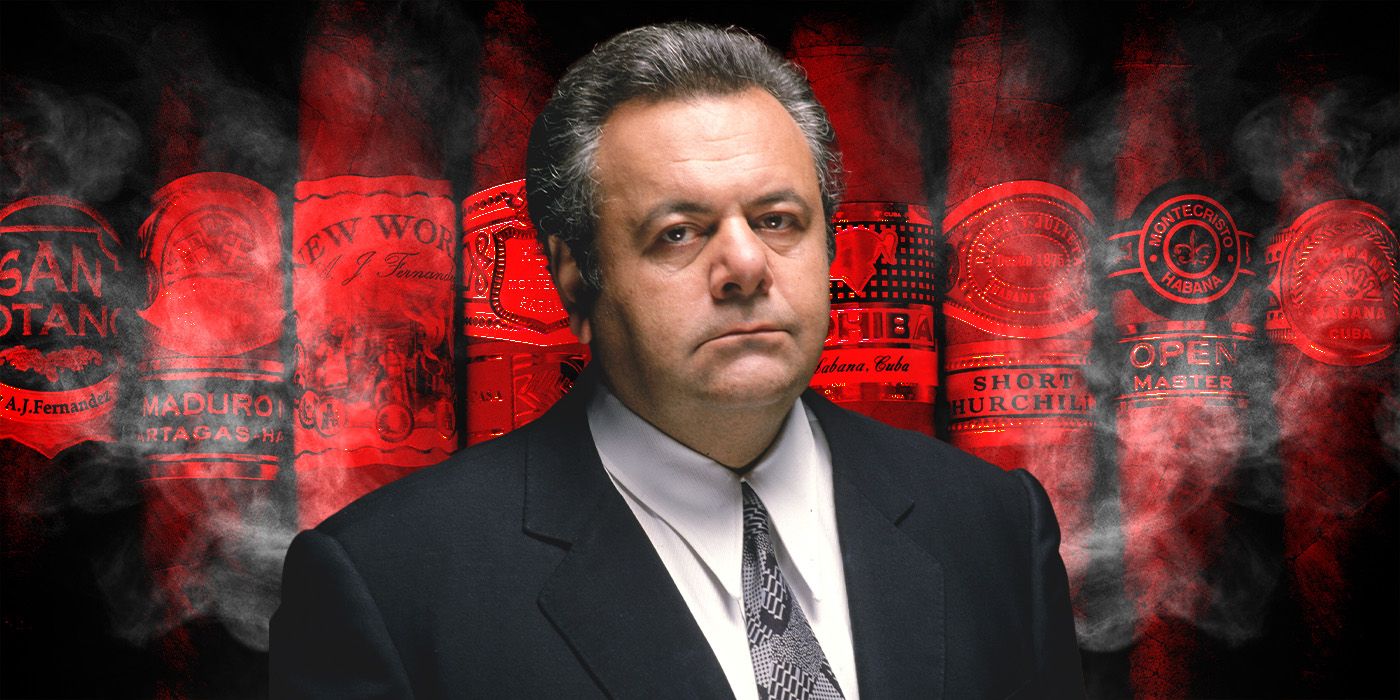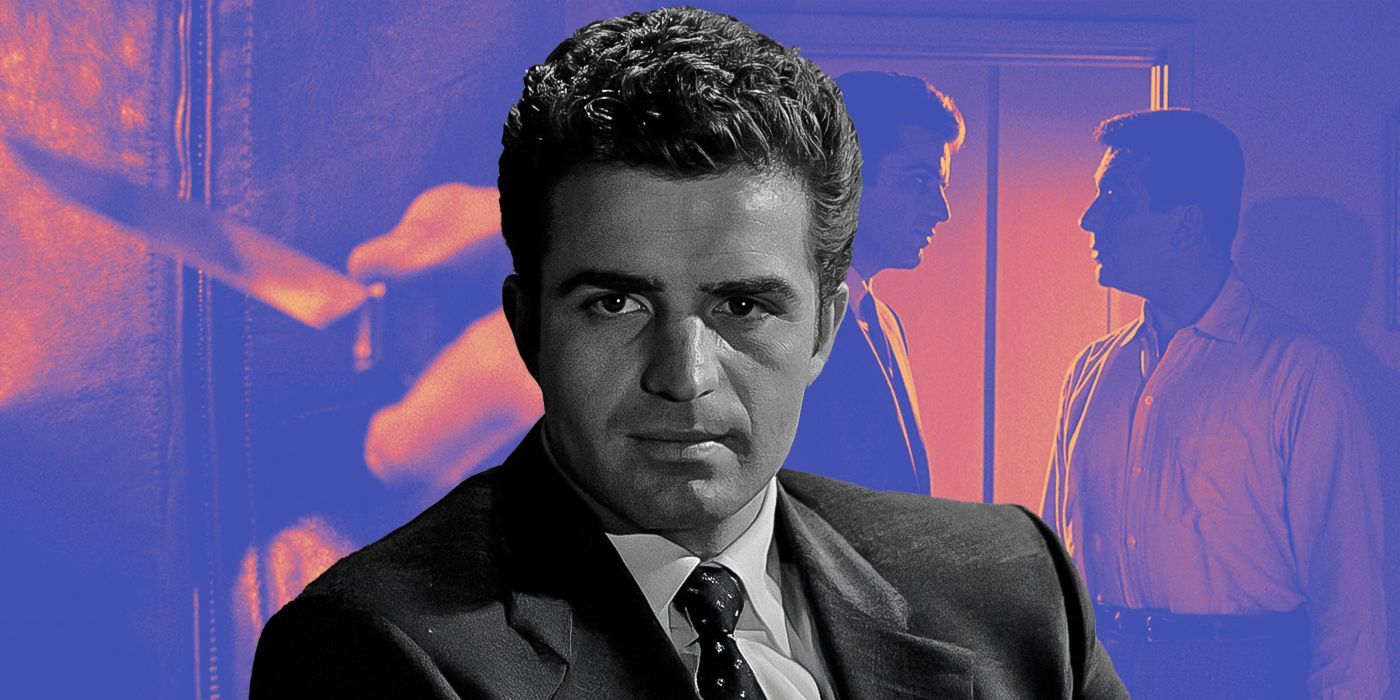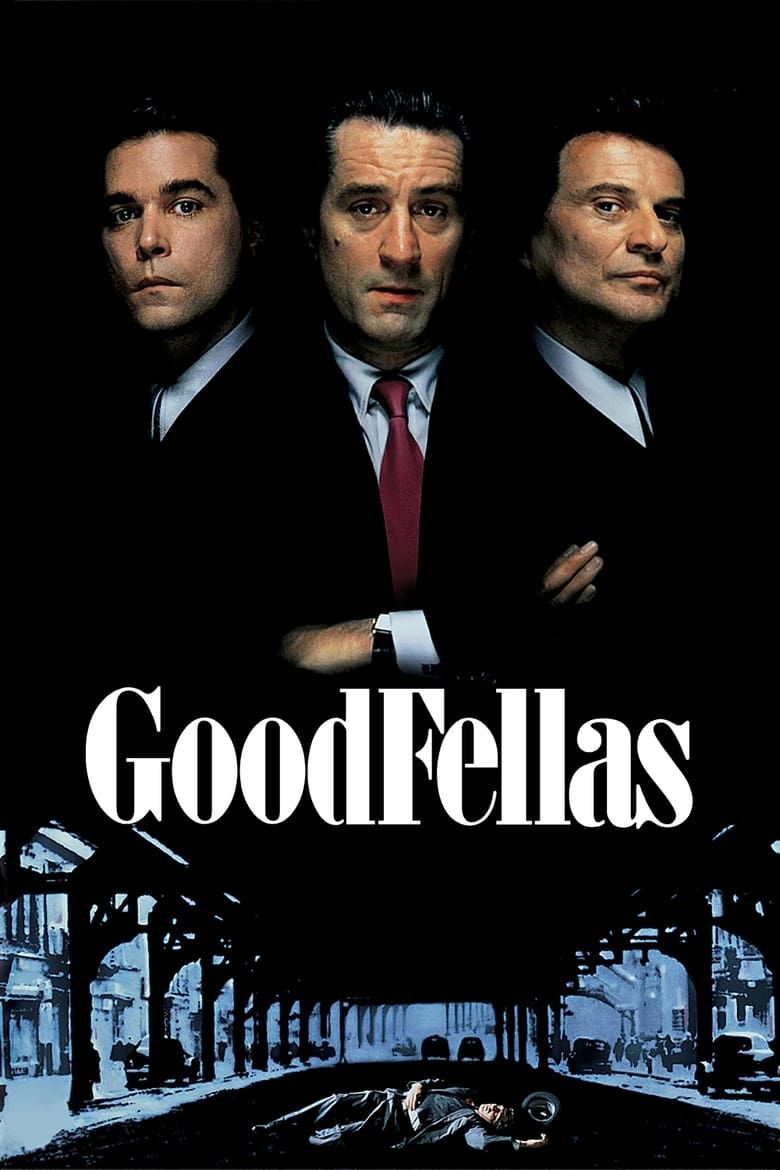Physical Address
304 North Cardinal St.
Dorchester Center, MA 02124
Physical Address
304 North Cardinal St.
Dorchester Center, MA 02124

You don’t become one of the seminal filmmakers of cinema history without breaking a few rules. One of the original voices of the maverick New Hollywood movement in the 1970s, Martin Scorsese maintained his autonomous and sometimes rebellious streak even when he was fully immersed in the mainstream. As an artist, his most radical sensibilities come in the integral but often overlooked editing room.
Over the last 45 years, Thelma Schoonmaker, Scorsese’s long-time editor, has been his closest collaborator, not just because of their prolific status, but because the three-time Oscar-winning editor’s groundbreaking work underlines the director’s mastery of cutting, even though he constantly breaks the cardinal sin of disrupting continuity. Scorsese’s most beloved film, Goodfellas, represents the pinnacle of film editing. Although one scene involving Paul Sorvino contains a glaring break in continuity, its inclusion, while frustrating to the sticklers, was based on a practical reason that more filmmakers should follow.
The guiding principle behind classic film editing is to appear invisible. It suggests that when watching a movie, you should not be explicitly reminded that you are watching something artificial. Martin Scorsese, inspired by the masters of the French New Wave and Italian neorealism, is disinterested in mirroring real life. It’s his and Thelma Schoonmaker’s intention to have the audience be privy to the rapid-fire editing rhythms of the helicopter sequence in Goodfellas or the fragmented flow of the boxing matches in Raging Bull. With all their elaborate whip pans, double takes, and cross-fades, Scorsese and Schoonmaker’s editing is purely a symphony of terse but comprehensible expressions. You may think you caught the two red-handed by spotting a glaring error in the final cut involving continuity in Goodfellas, but we hate to break it to you, but that was also intentional.
After our charming but devilish mobsters cause a stir at his nightclub, Sonny Bunz (Tony Darrow) sits down with local boss Paulie Cicero (Sorvino) and his trusted soldier, Henry Hill (Ray Liotta), to settle differences over the hostile Tommy DeVito (Joe Pesci). Like nearly every scene in Goodfellas, the exchange between the lowly Sonny and the mighty Paulie is hilarious and poignant, both sentiments stemming from the discrepancy in power and influence between the two. The overarching commentary in this scene might fly over those focusing on minute nitpicks. In one shot, a cigar is hanging out of Paulie’s mouth (as it is for most of the scene), and in the subsequent frame, it’s no longer in his mouth, and we never see a shot of him removing the cigar. These harmless but flagrant breaks in continuity are riddled throughout Goodfellas and Scorsese’s films, including the Matthew McConaughey lunch scene in The Wolf of Wall Street.
While an unfavorable blunder, one that would likely cost you a letter grade for a film school assignment, continuity breaks don’t affect the greater sum of a film’s quality, especially when it’s a modern masterpiece like Goodfellas. It should be forgivable, but in a culture raised on CinemaSins and online nitpicking, we are quick to overreact and decry someone as a shoddy filmmaker for a mistake shown on screen for half a second. Before you try to lecture her, Thelma Schoonmaker is well aware of all her continuity errors in Scorsese’s films.

Related
Martin Scorsese Argues That This Classic Film Noir Is “Pretty Frightening” — And He’s 100% Right
He paid homage to the gritty crime movie in ‘Taxi Driver.’
“The priority is absolutely on the best take for performance, and frankly I don’t understand why people get so hung up on these issues,” Schoonmaker said in a Film Comment interview, acknowledging that the best performance takes precedence when editing the final cut, even if there’s a continuity error. Upon losing Best Editing to Best Picture winner Dances With Wolves, one of its editors (who Schoonmaker doesn’t name) cited the continuity slip-up in the scene between Paul Sorvino and Tony Darrow as the reason why she lost. Schoonmaker, who admitted that Goodfellas had “tons” of continuity errors, argued that “it was much more important for us to get this beautiful performance by this untrained actor (Darrow) than to worry about where the cigar is in Paul Sorvino’s hand.”
At the end of the day, what do you remember more in this scene: the placement of a cigar or the indelible beats of Sorvino and Darrow’s performances? With cinema being an inherently artificial medium, trying to replicate realism at the cost of strong performance work and expressive storytelling is a fraught proposition. While not an explicit artistic statement, the continuity break evokes the film’s elliptical cutting style that distorts reality, as Henry Hill, who demonstrates frantic behavior throughout the film, is an unreliable narrator. “Being carried along by the power of the film,” as Schoonmaker described to Film Comment, is the first objective for every Martin Scorsese film. Honestly, if you’re paying that close attention to continuity errors, why bother engaging with the cinematic experience?

Goodfellas
September 19, 1990
145 minutes
Barbara De Fina